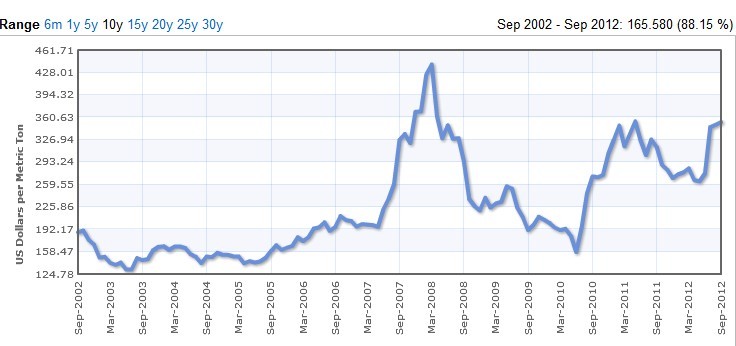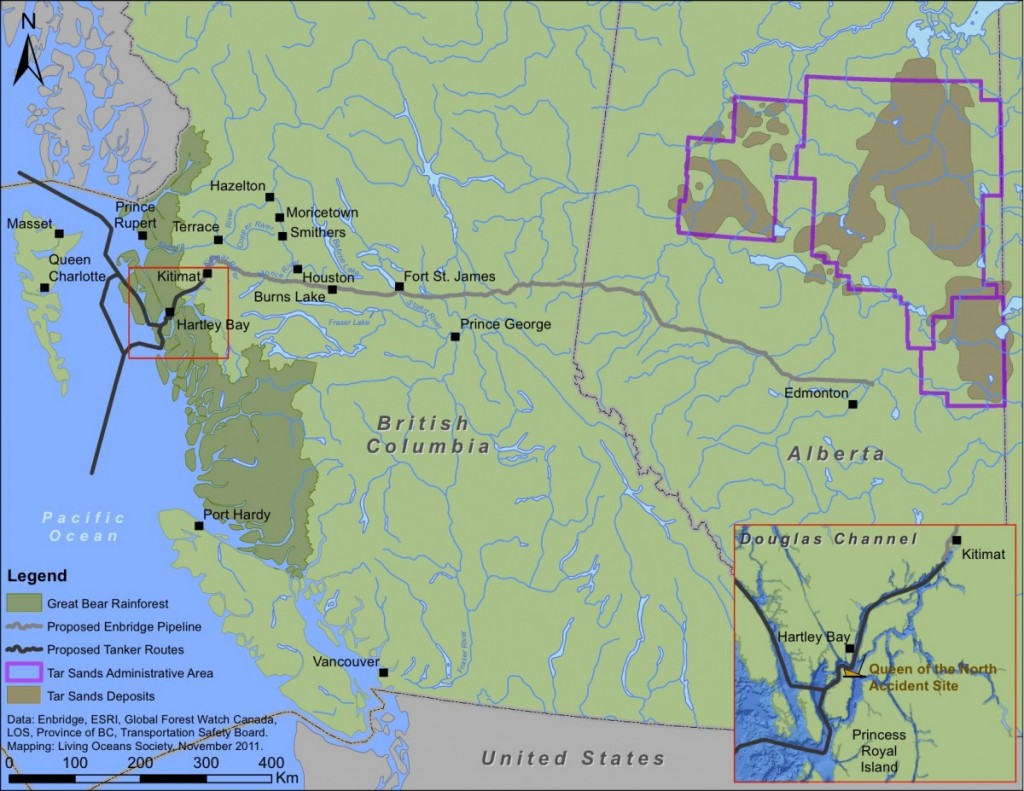1. What Went Wrong?
2. The Road Ahead
1. What Went Wrong?
First here is my conclusion about my last week’s trade:
|
W2Z(LONG) |
C4U(SHORT) |
SM2V(LONG) |
Equity |
| Price in |
$883 |
$613.75 |
506.10 |
|
| Sep. 17‘s price |
$878 |
$600 |
$503.50 |
$40138.85 |
| Sep.18’s price |
$863.50 |
$592.25 |
$491.40 |
$38628.90 |
| Sep. 19’s price |
$881.50 |
$607.50 |
$499.70 |
$39596.44 |
| New trades |
One Short |
No change |
Two shorts |
|
| Realized gain/loss |
$-326 |
|
$-1111New price in=495 |
Realized Gains: -1437 |
| Sep. 20’s price |
OFFSET |
$607.5 |
$482.30 |
$40144.98Realized Gains: $-1437 |
| Sep. 21’s price |
OFFSET |
$610 |
$484.50 |
$39800.03Realized Gains: $-143 |
Because USA is one of largest exporters in the world, therefore the affect of production of wheat can be very significant. Recently, the most severe and extensive drought in at least 25 years is seriously affecting U.S. agriculture, with impacts on the crop sectors with the potential to affect worldwide food price. Wheat is widely produced across much of the drought-affected area of the Midwest, but most of the wheat in this region is harvested in the spring and early summer, so it reached maturity before the dry conditions happened. According to the data from United States Department of Agriculture, wheat prices are projected at $7.50-$8.70 per bushel in 2012/13, up from $7.24 in 2011/12, due to higher corn prices and stronger export demand resulting from reduced foreign wheat production. Therefore I bought long on December’s wheat future contract, at the end of the fist week, because of this contract I earn as followings:
Holding 1 – long on W2Z mark to market
price in: 883.00
today’s price: 924.25
committed: $2025.00
gain/loss: $2062.50
Holding 2 – short on C4U mark to market
price in: 613.75
today’s price: 619.75
committed: $1380.00
gain/loss: $-300.00
Ending balance as of 09-14-2012,
Position Value: $5167.50
Cash Available: $36594.30
Equity: $41761.80
Realized Gains: $0.00
However, from the next week, the price of wheat started to fluctuate and I was panic about the wheat price, with falling from $883 to $863.50 (As figure 1 shows). I lost $975 on that contract. So when it started to go up, I chose to offset this contract on Sep. 20. Because of this action, there is a realized loss of $-326.However, today I check the future price of wheat from CMEGroup website, it shows that:
| Month |
Last |
Change |
Prior settle |
| December 2012 |
887.4 |
+0.2 |
897.2 |
However, I cannot figure out how does it work and what affects the wheat price all the time?
I went short on corn future contract for 2014 sep.Corn around the world have their own unique production cycles of planting and harvest timeframes. Below are the some data from http://commodities.about.com/od/researchcommodities/a/corn-seasons.htm “United States (39 percent of world production)
Planting: Corn crops are planted beginning in April and last into June.
Harvest: Corn is mainly harvested in October and is finished by the end of November. China (21 percent of world production)
Planting: Corn is planted in mid-March through early June.
Harvest: August through October. European Union (8 percent of world production)
Planting: Mid-April through early June. Harvest: Mid-August through late October.” Therefore, although now the drought affects the production of corn and rose up the price. However, in 2014, during the harvest season, the price of corn will go down as usual. I chose Sep. 2014 future contract for corn.
In addition, I worked a wrong one and went with Soybean meal. I made a mistake and lost a lot of money on it. I thought the price of soybean meal would go up because of the drought, however, it always went down. I didn’t contribute a lot research on this. Now I checked the data from CMEGroup website:
| Month |
Last |
Change |
Prior Settle |
| Oct. 2012 |
483.4 |
-1.1 |
484.5 |
The road ahead
Last week’s experience is my first try and I began to learn how to collect information from different resource. I follow many related groups on twitter such as CMEGroup, WorldTradeNews, IndexMundi and etc. For next week, I think I will tale a long buy on soybeans. According to the anticipation from United States Department of Agriculture, prices for soybean products continue to be projected at high levels for the 2012/13 year. Soybean oil prices are projected at 54-58 cents per pound, up from an estimated 52 cents per pound for the 2011/12 marketing year, while soybean meal prices are projected at $485-$515 per short ton, up from an estimated $397 per ton for the 2011/12 marketing year. Forecasts hardened for rains in central Brazil where moisture is badly needed to get the sowing season off to a good start, after dryness, which in some areas has lasted for some 120 days. This will reduce the supply of soybeans in the future.
I think during next week, I need to learn how to collect different data and how to interpret these data. I need to spend more time on following news and reading related articles. Also, classmates are good teachers for me to enrich my knowledge. I checked many of classmates’ blog and I learned more from their analysis.




